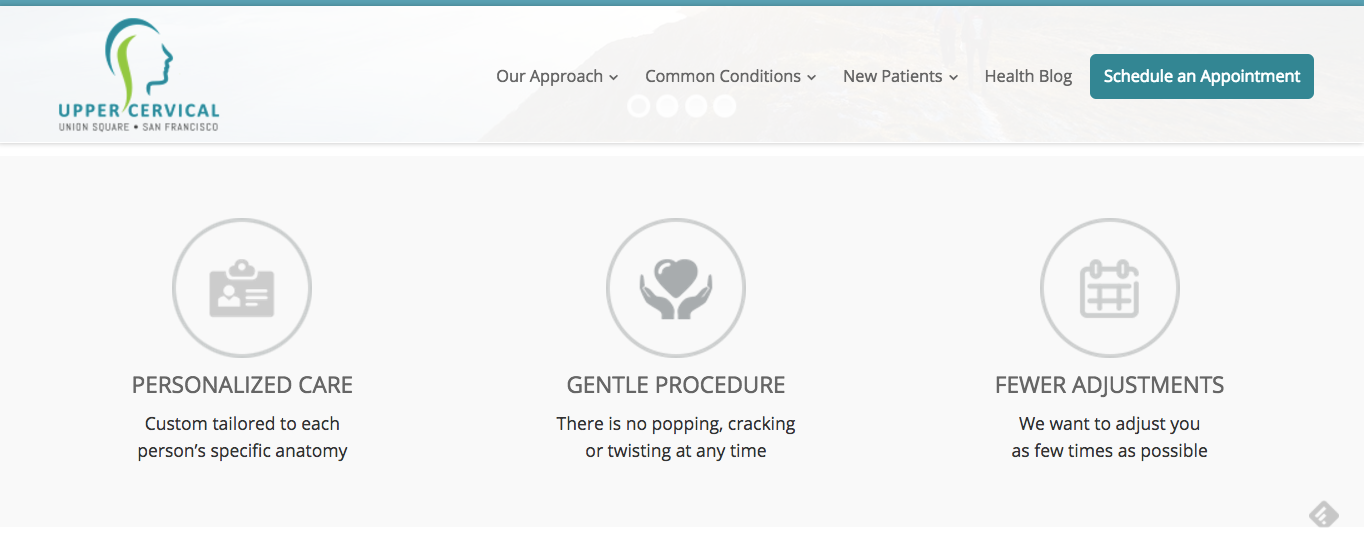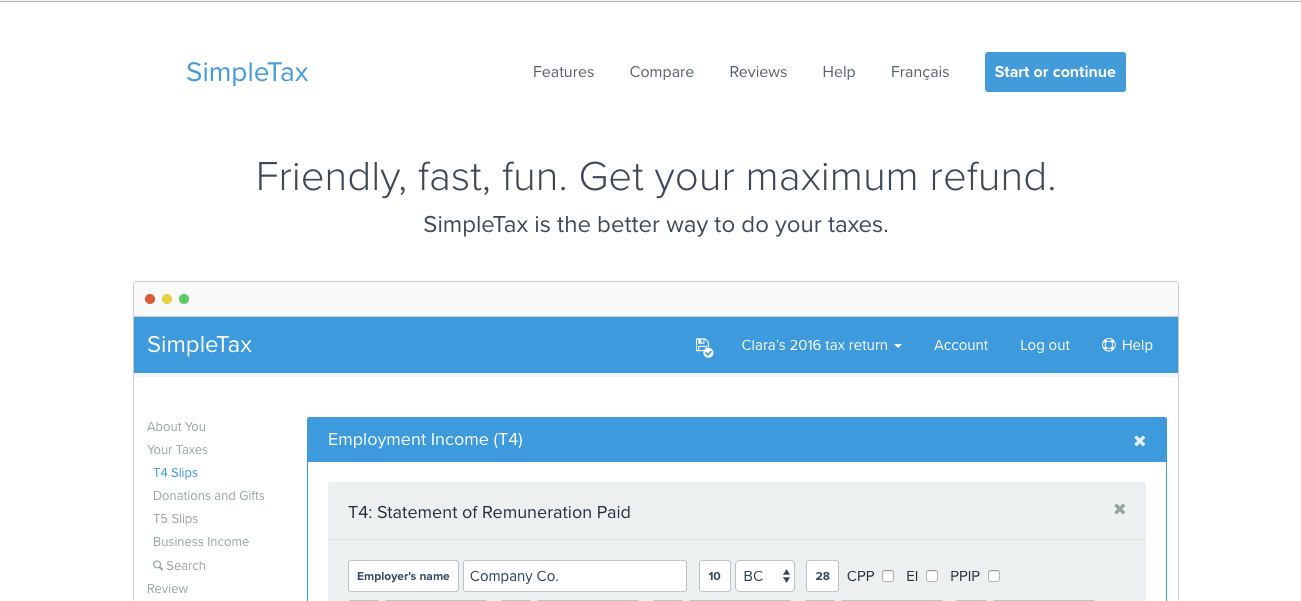Are you a fitness trainer, chiropractor or a service provider? As small business owners, you probably are either too busy running the business or have a tight budget for fostering an online presence.
Building online visibility is more important than ever. When it comes to making a footprint on the web, it’s vital to have a professional business website that is not only informative but also engages customers.
More importantly, your website’s homepage is the front gate of your business online. With this in mind, let us share three key components to make your website’s homepage attract more business.
First Impression: Lean Design is the Key
First impression counts. It takes about 0.05 seconds for customers to determine whether they like your website or not. In other words, the duration of the blink of an eye (~0.04 sec) is all that a customer needs to choose whether to stay or leave.
A Google study has shown that websites with simple and familiar design (those that follow conventions) are perceived as the most appealing to users. It is important to make the design of your homepage simple and familiar.
Keep your homepage free of bells and whistles that don’t serve in delivering your business’s core message straight to your potential customers. In addition, unconventional web design that defies what users typically expect of a category of website (for example, people have fixed idea of what an online retailer look like) could drive users away. Of course, you can differentiate your website from others by giving it a creative spin. But make sure that the theme of design matches with your business.
If your business is service-oriented, you can add interactive, call-to-action features on the homepage to increase the likelihood of customers engaging with your business. For example, CozyCal allows the embedding of an interactive button “Schedule an Appointment” on the homepage. This makes appointment scheduling simple for you and the customers by eliminating unnecessary emails and phone calls.
Some of our favourite web designs include Upper Cervical, Iterable and 1password. For example, Upper Cervical’s homepage has simple and familiar (healthcare related) design that engages customers and streamlines navigation of the website.

Easy to Understand Content: Being Simple Can Be Hard
When you come across a piece of news article that is brimming with esoteric parlance, you probably lose your appetite to continue reading it. The same applies to a website that is plagued with obscure and dense content.
In fact, it is often difficult to distill a business’s value proposition into concise, digestible form. The website, particularly the homepage, needs to provide content that grabs visitors’ attention and pitches your business’s core message right away. Make that message pithy. On a prominent spot on your homepage, use one to two sentences to convey your message. Whether through leveraging videos, images or icons, the key is to mitigate confusion for your customers by summarizing your business and product in a clear, visually appealing format.
Some small businesses that communicate their value message strongly include SimpleTax and Venmo. For example, SimpleTax’s pithy headline is located at a prominent position on the homepage. In this way, customers can gain a firm grasp on the business’s value proposition in a blink of an eye.

Mobile-friendly: Keep the Customers Scrolling
With the explosion of mobile technology, people are glued to their smartphones for communication, shopping and seeking solutions to their issues. Hence, having a mobile-friendly and responsive website is a must-have for small businesses. However, only 30% of small businesses run mobile-friendly websites.
The reasons to make your homepage and website mobile-friendly are many. One of them is that customers expect businesses to be mobile-friendly. In this fast-paced world, they want to access your website on the go. To meet the customer’s expectation, your homepage should have fast loading pages, concise content and interface features that allow easy touchscreen navigation to other pages of the website. The goal is to enable customers to keep scrolling and exploring your website easily. When the customers are happy with their user experience, your business is more likely to grow.
Another key reason for being mobile friendly is that Google may penalize you if your website is not mobile-compatible. Since 2014, Google began to award higher search rankings to sites that are optimized for mobile visitors. If Google recognizes a website to be mobile unfriendly, then the site is less likely to be displayed as a legitimate search result.
It is not only important to make your website mobile-friendly, but also to ensure the additional plug-ins on your site are also mobile-compatible. As a lightweight plug-in, CozyCal’s scheduling feature is mobile-friendly. This allows your customers to easily schedule appointments with you on their smartphones.
Some small businesses that have effective mobile friendly sites include Authur Reynal Law, Everlane and General Assembly. For example, Authur Reynal Law’s mobile-friendly homepage allows customers to easily scroll up and down the page, and easily schedule appointments on the go.

Small business owners like you and me usually have limited budget to constantly upgrade our websites. However, by applying simple tips as discussed above, you can create a homepage that meets your customers’ expectation and nudge them to come back and knock on your door for further information.
Your homepage is not only your business’s address online, but also a key component of your brand. It shows your target audience your business’s sophistication and professionalism. Most importantly, a well-designed and functional homepage expands your reach to potential customers cheaper and faster.


